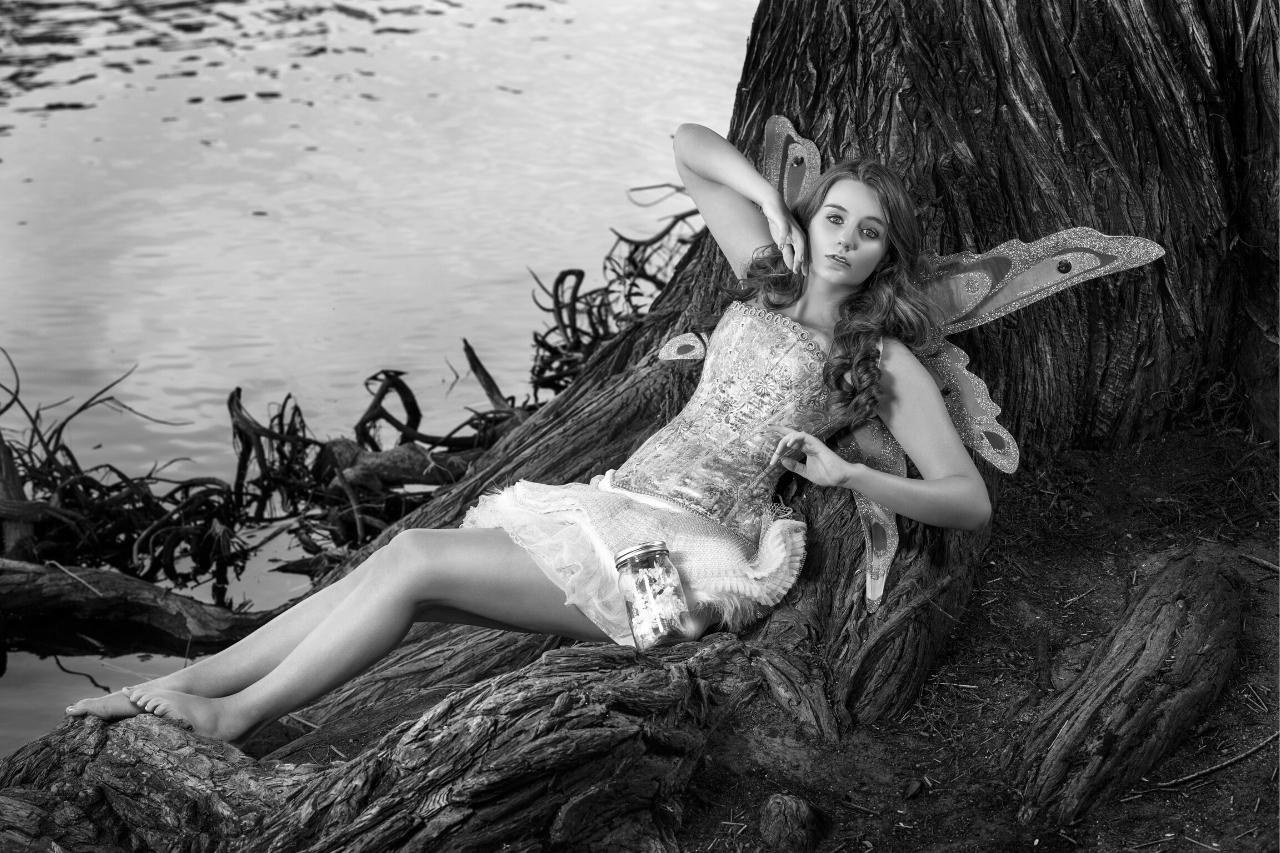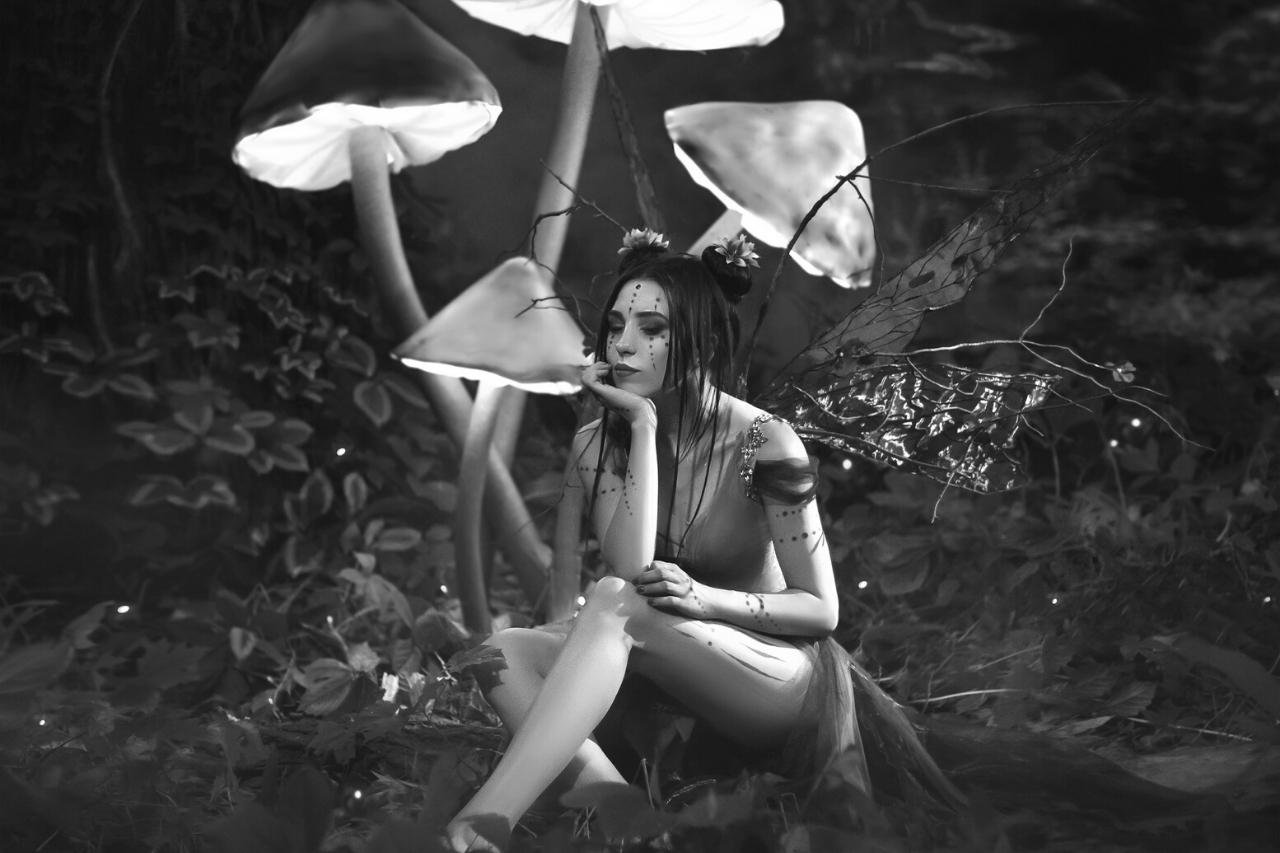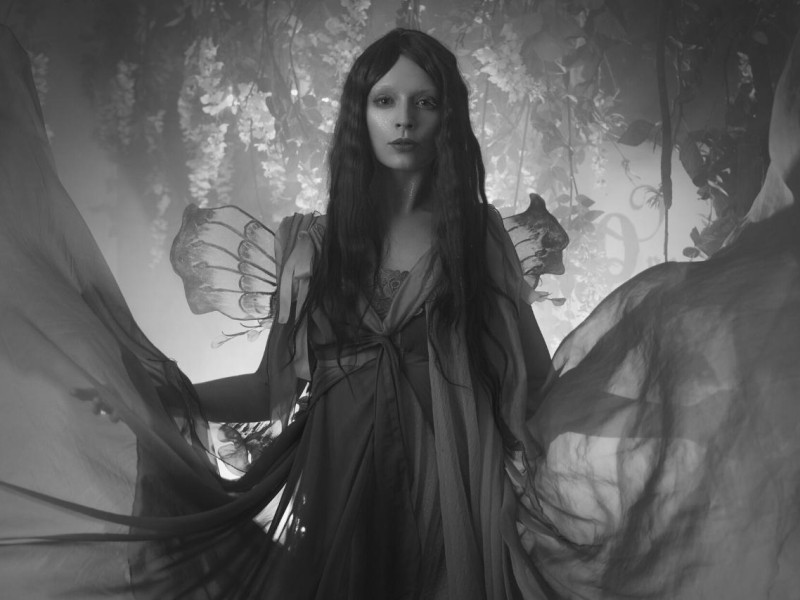Goddess of Fairies: The Queen and the Caregiver of Fairies
There are various goddesses of fairies since the fairies and their religion are very different from that of humans. The religion of fairies is very personal to them and very unique.
Here we look at all the different types of goddesses that the fairies worship according to different mythologies and cultures of the world.
Who Is the Goddess of Fairies?
According to popular beliefs, Aine (pronounced as awn-ya) is the ultimate goddess of the fairies; in actuality, there are other different goddesses of the fairies as well. These goddesses vary on the basis of mythology, culture, and their abilities and powers. To understand how religion works among fairies, we need to first understand what fairies are.
Who Are the Fairies According to Their Goddess?
Fairies are supernatural, paranormal, light beings that have god-like powers, who are being seen as the creatures that prosper and bloom the many fantasy multiverses and material realms built by them. According to the European cultures, fairies are beautiful, sophisticated, magic-doing creatures that may or may not be friendly toward humans, however, their goddess aims to keep peace and grant love, wealth, and sovereignty.
Some myths portray the fairies as caregivers to humans, The opposite where the fairies are against humankind may also be true in some instances. Nevertheless, the fairies are one of the most widely known and famous creatures in the world today, honoring their goddess, apart from being highly attractive and alluring.
There is no distinctive set of religious rules and beliefs that the fairies follow, rather they follow their queen fairy as a god of their own. Hence, unlike the common concept of worshipping gods and goddesses, the fairies devote their life to the queen. You might wonder why only a queen and not a king and the answer is that like the bees, fairies are also created via a queen only.
Greek Goddess of Fairies
Greek mythology is famous for its various characters and plots. It is probably one of the most known and accepted mythologies in the world. The reason behind this acceptance is that people can relate to the emotions of love, jealousy, sadness, and hate portrayed in the mythology. Additionally, the modern media and culture have used the greek mythologies and its characters in their movies and novels, giving the narrative popularity.
According to Greek mythology, the fairies are considered pure light beings with intense energy, they are also sometimes referred to as the ghosts of loved ones. Greek mythology has a long list of gods and goddesses that have unique abilities and rule over specific groups of creatures, one of which is the fairy goddess.
Furthermore, the Greek goddess, Eris, is known as the goddess of fairies and light beings. The name Eris means to raise, excite and stir. Even though Eris has no temple in the Greek kingdom, her name and legacy still live on. The Roman equivalent of Eris would be Discordia.
In Irish Mythology
This mythology has a wide portrayal of fairies and related stories. In this mythology, the goddess of the fairies is Aine. Aine is one of the most cherished and beloved Celtic goddesses. This Celtic goddess represents love, sun, and fertility, she ensures plentiful crops and harvests with her incredible powers.
Aine, the Irish goddess of fairies, is also known as Aine Chlair, the sun goddess of light. Many midsummer rituals and offerings are performed by the Irish people to honor the goddess and to make her happy.
People sing her enchantments at weddings and birthdays for blessings and good luck.
Related Goddesses
The world is filled with various origin stories and narratives about the fairies and their goddesses. Above explained goddesses, Eris and Aine are the two most famous greek and Irish gods of fairies, respectively. But apart from them, there are other goddesses too that are worshipped and thought of as the not-so-popular queens of the fairies.
This includes:
Danu – the ancient Mother Goddess of the Tuatha de Danann.
Una – High Queen of the Irish fairies.
Medb – the Queen of Connacht.
Bebo – the Queen of Leinster.
Morgan – a goddess of fairies and the Lady of Avalon.
Cliodna – Queen of the Land of Promise.
Airmed – the goddess of witchcraft and the daughter of Dian Cecht of the Tuatha de Danann.
Finnine – Aine’s sister and the goddess of fairies.
Caer Ibormeith – the local fairy queen of the Brugh na Boinne.
The concept of goddesses of fairies is very wide and not restricted to one or two queens only. That is why there is a long list of women that served as queens in the real world and the supernatural realm.
FAQs
Who is the Goddess of Fairy?
According to Greek mythology, Eris is the goddess of the fairies and according to Irish myth, Aine is the goddess of the fairies.
What is Aine the Goddess of?
Aine is the goddess of fairies. As the fairies are made of light so Aine is also the goddess of light.
What are Fairies Called in Ireland?
In Ireland, they call fairies by various names like fair folk, blessed folk, and good folk. It is speculated that the word fairy came from the Irish word for fairies, fair folk.
Conclusion
Fairies are made of light and have unexplainable magical abilities. They are most famously found in the fantasy multiverses and also the material realms. Like every creature in this world, fairies also worship someone and that is their queen.
According to different cultures, there are different queens of the fairies.
Fairies are supernatural, paranormal, light beings that have god-like powers.
According to Greek mythology, Eris is the goddess of the fairies.
According to Irish myth, Aine is the goddess of the fairies. She represents love, sun, and fertility. She ensures plentiful crops and harvests with her incredible powers.
There are other lesser-known goddesses of the fairies as well like Danu, Una, Morgan, Bebo, Medb, Finnine, Cliodna, Airmed, and Caer Ibormeith. These goddesses have various abilities and come from various origins.
Now you know everything there is to know about the goddess of fairies. It is important here to keep in mind that the goddesses of fairies are more like their queens. They only have queens and no kings because the fairies descend from queens only.










